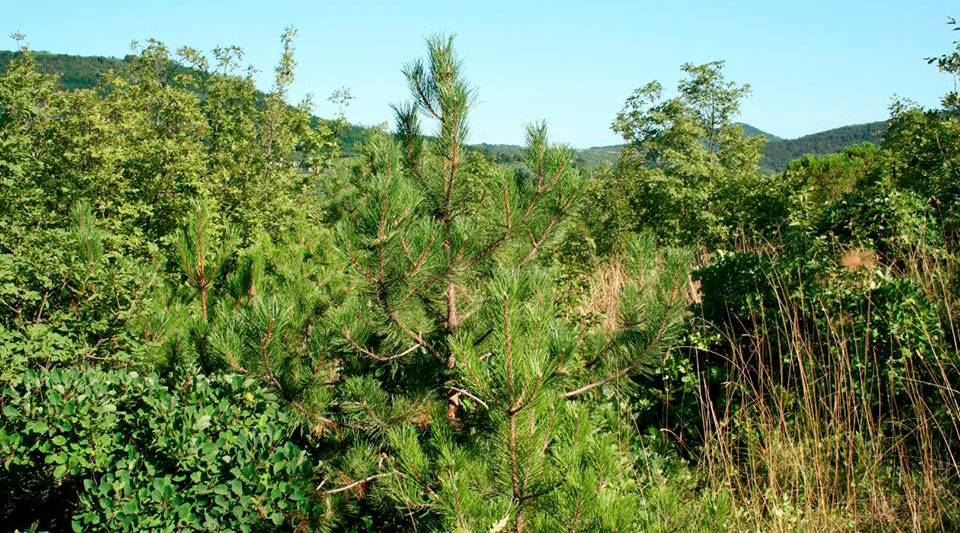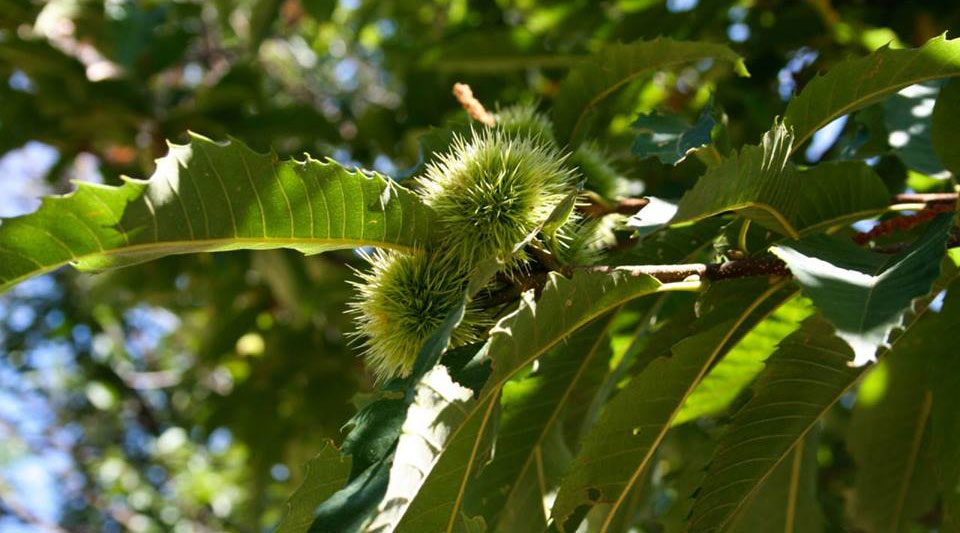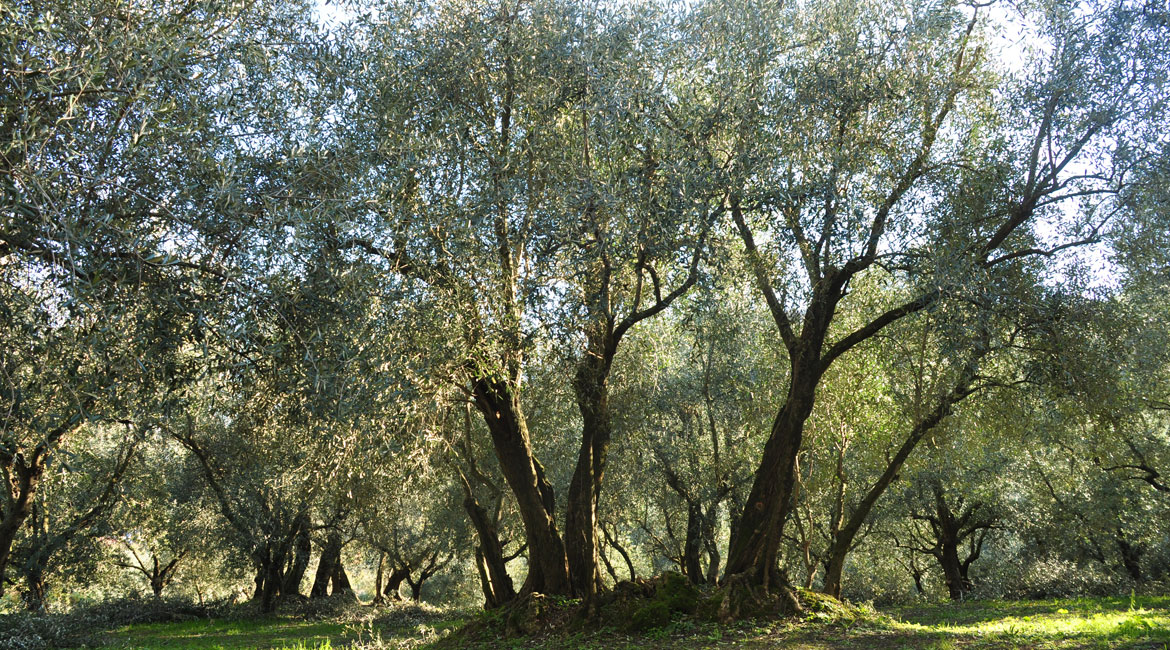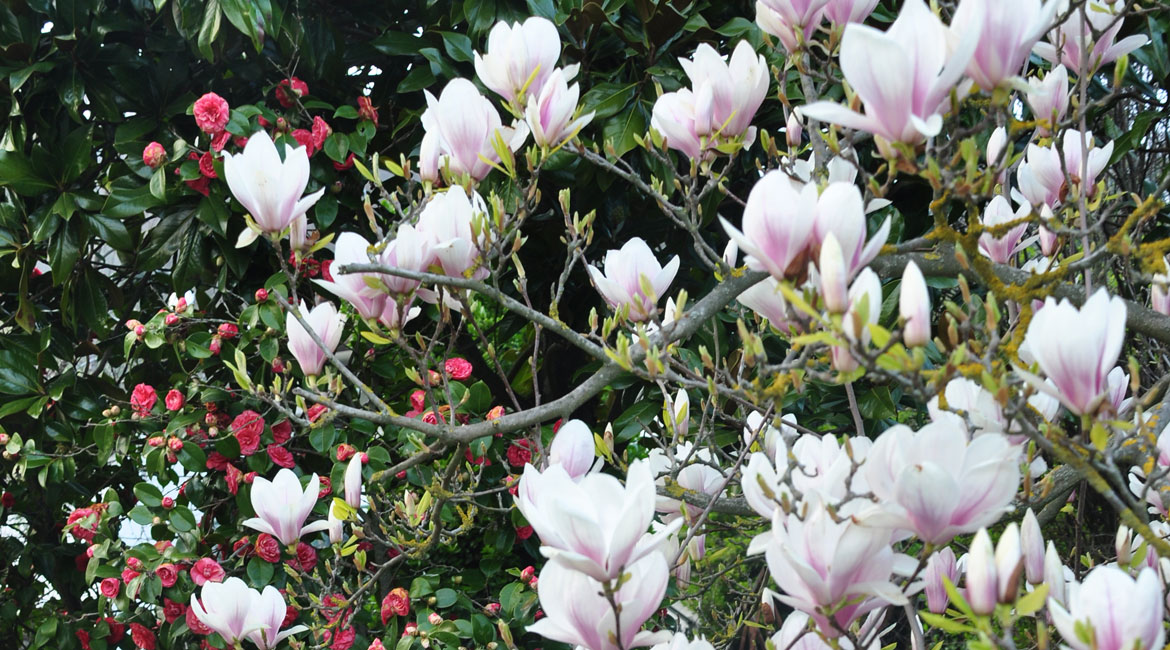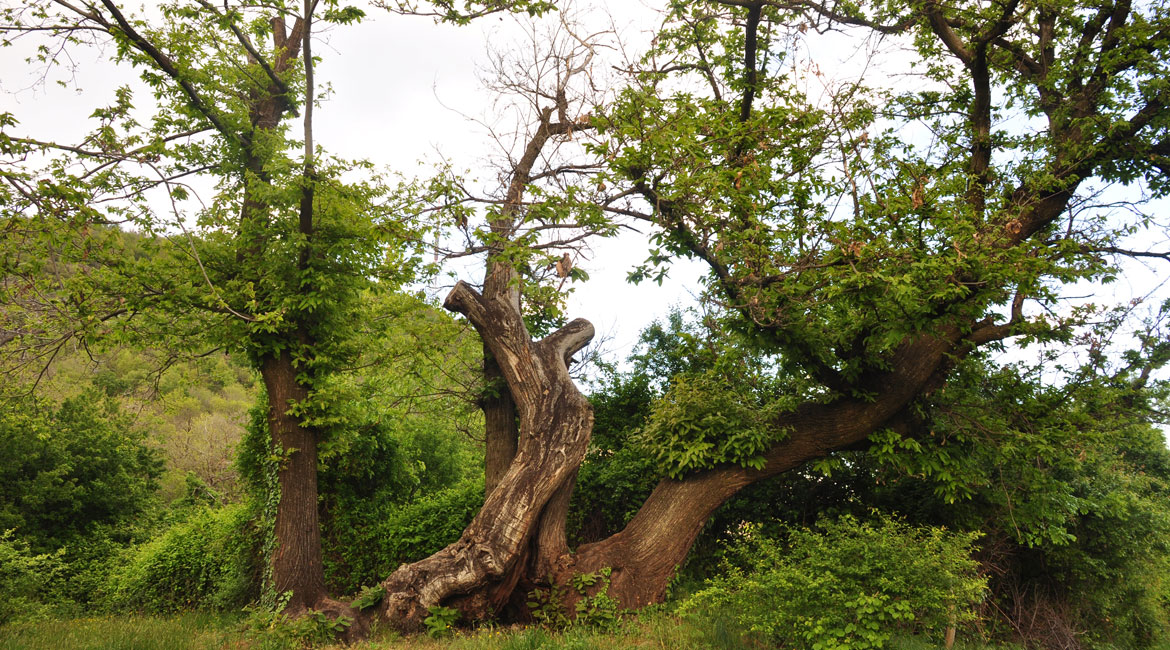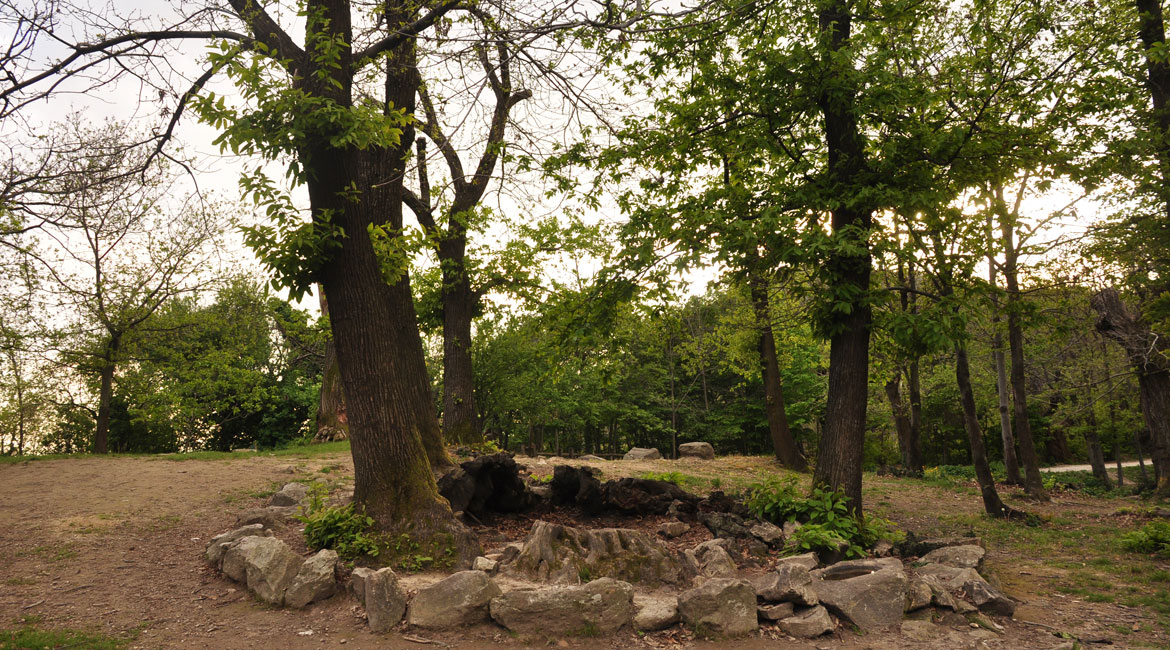Botany
You are here
The special climatic conditions and geomorphological characteristics of the Euganean Hills have created a unique natural habitat with a large variety of botanical species. The geological origin of soils, the morphology of the hills (responsible, among other things, of differents microclimates), isolation from other mountain ranges and weather the ups and downs related to glacial cycles and the post-glacial period, make to the Euganean Hills an island of complex nature, where they live in close contact species of hot and dry environment (thermophilic) with mountain and submontane species (microthermal).
Depending on the nature and composition of the soil and climatic diversity we can identify the following types of plant associations:
- Mediterranean scrub: consists of dense vegetation of low-growing plants, mostly evergreen, like oak, arbutus, heather, cistus, terebinth, the broom and the pungent asparagus. This type of vegetation is due to dwarf even the prickly pear (Opuntia humifusa), originating in the highlands of Central America and traceable in particularly sunny, like at the "Ceva di Battaglia" hill, the "Rocca" of Monselice and the Madonna hill in Teolo.
- Grassland: are widespread in the southern part of the Hills, on limestone crevices between Arquà Petrarca, San Giorgio Valley and Baone. The lawns are very dry, almost devoid of humus layer; are the result of the abandonment of pastures and land unproductive, known locally as "vegri." In areas of more recent abandonment dominated by herbaceous species typical of dry climates, such as the gramineae, while in areas abandoned for a long time, are the shrubs such as hawthorn, blackthorn thorny rose, juniper, viburnum and the broom. In this habitat the only living species that takes its name from the city of Padua, "Haplophyllum patavinum", was discovered in Arquà Petrarca in 1722 and the Euganean hills is the westernmost point of its area of growth.
- Forest of chestnut: grows on the volcanic slopes, especially northerners, on acidic soil and deep. The undergrowth consists of numerous early-flowering herbaceous species such as snowdrops, hellebore, narcissus and the rare Turk's cap lily and lily of St. John, typical of humid climates.
- Thermophilic oak forest: it covers part of the south-facing slopes, on dry land and shallow, calcareous composition. The oak is open and bright and looks like a bush where the mixed oak alongside the Judas tree, the hackberry, the wild service tree and smoke tree, while the soft undergrowth is rich in humus and contains hawthorn, heather, juniper and privet.
- Locust bush: a plant association is introduced at the beginning of the seventeenth century. The locust tree, used as an ornamental plant, it is native to the coasts of North America and over time has partially replaced the native chestnut and oak. The locust bush includes a few other species of trees and bushes, as the elder and brambles and undergrowth, depleted by intense exploitation.


